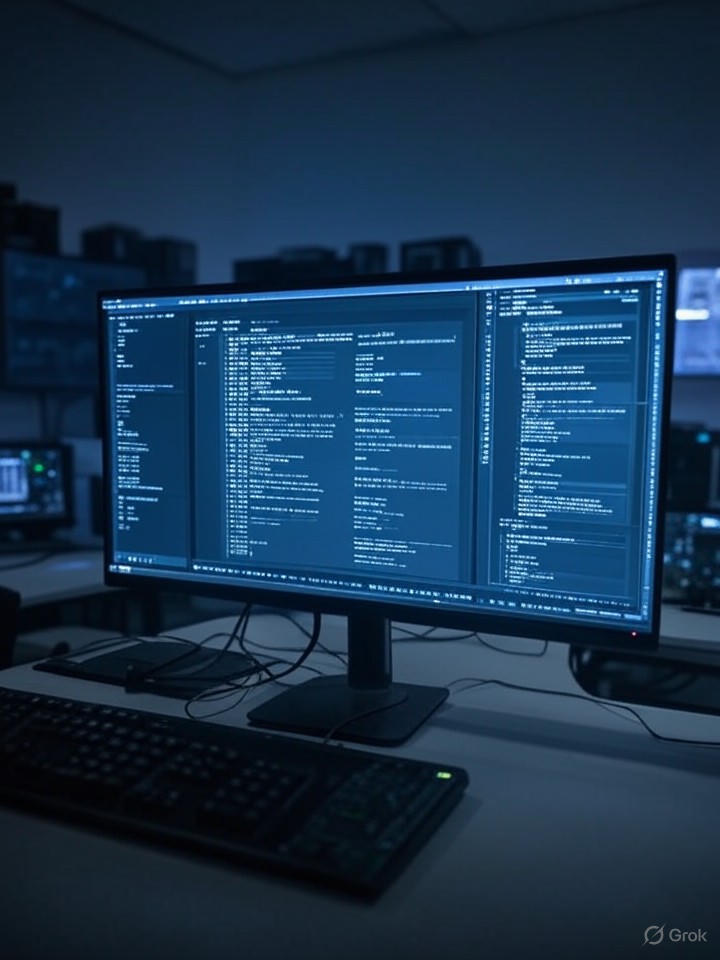The 20-year mystery surrounding the .SCN file format from Ubisoft’s iconic 2002 game, Splinter Cell, has seen recent breakthroughs in reverse engineering. Developer Lander De Meyere announced significant progress on November 6, 2025, revealing insights into the proprietary format that has long stymied modders and preservationists. This development could open doors to new modifications and remasters by unlocking critical game data.
The .SCN file format was designed to handle the unique mechanics of Splinter Cell, which introduced innovative light and shadow gameplay using a modified version of the Unreal Engine 2.0. Ubisoft’s engineers created a custom format that incorporated advanced compression and encryption techniques, making it resistant to tampering during a time when piracy and modding were prevalent. Over the years, the gaming community attempted to crack the format, but efforts were largely unsuccessful.
Deconstructing the Digital Puzzle
De Meyere’s investigation highlights the complex nature of the .SCN format. His research involved disassembling the game’s engine to understand how the files stored various elements, including lighting and enemy placements. He utilized tools like Ghidra for binary analysis and developed custom scripts to test hypotheses about decompression methods. His findings suggest a hybrid compression scheme that combines elements of LZ77 variants with custom Huffman coding, layered with encryption techniques requiring emulation of the game’s runtime environment.
This breakthrough mirrors broader challenges in digital preservation. The Library of Congress has warned that uncracked formats contribute to a potential “digital dark age,” where legacy files become increasingly inaccessible. According to a blog post from the Open Preservation Foundation, understanding and documenting file formats is essential for sustaining digital archives.
Community Engagement and Future Directions
The announcement of De Meyere’s findings resonated across social media platforms, particularly on X (formerly Twitter), where tech accounts like The Hacker News shared the news widely. The excitement surrounding this 20-year milestone has sparked discussions among users about the implications of cracking proprietary formats and the ethical considerations involved. One user remarked on the utility of custom formats, noting their effectiveness despite creating long-term barriers to access.
As De Meyere shares his tools on platforms like GitHub, modders are already experimenting with creating custom levels for Splinter Cell. This could reignite interest in the franchise, especially as Ubisoft explores remakes of its classic titles. However, these developments raise questions regarding intellectual property rights and the balance between innovation and preservation.
Industry experts emphasize the need for proactive monitoring of file formats to prevent obsolescence. The Digital Preservation Coalition suggests that organizations must prioritize manageable formats to ensure that vital digital content remains accessible. As the landscape of digital media continues to evolve, safeguarding against potential losses due to outdated formats is more important than ever.
De Meyere’s work represents a significant step in the ongoing effort to decode and preserve digital heritage. The challenges he faced reflect broader issues in the tech industry, where proprietary innovations often conflict with the need for open preservation practices. His discoveries not only shed light on the enigmatic .SCN format but also serve as a reminder of the importance of collaboration in ensuring that digital legacies endure for future generations.







